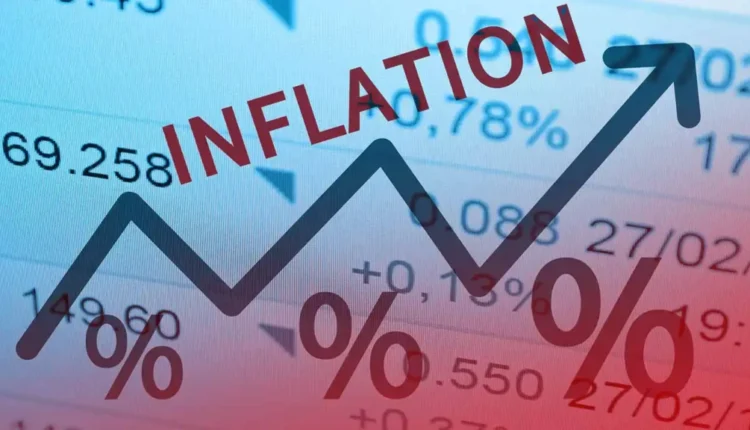Inflation climbs to 5.6 percent in September as floods fuel food price surge
Pakistan’s inflationary pressure returned in September 2025, with consumer prices rising faster than expected as the effects of devastating floods pushed up the cost of essential food items.
According to data released by the Pakistan Bureau of Statistics (PBS), the Consumer Price Index (CPI), the country’s main inflation benchmark, rose by 5.6 percent on a year-on-year basis in September.
This marked a sharp increase from 3 percent in August, though slightly below the 6.9 percent recorded in the same month last year. On a month-on-month basis, inflation jumped 2 percent after falling 0.6 percent in August.
Food prices jump
The surge was led by food, where prices of tomatoes soared by over 65 percent compared with August. Wheat and wheat flour climbed by nearly 38 percent and 34 percent respectively, while onions rose by 28 percent. Other staples, including fresh vegetables, potatoes, eggs, sugar and rice, also saw significant hikes.
Chicken prices, however, dropped by 5.3 percent, while some pulses and cooking oil saw marginal declines, giving partial relief to households.
Non-food categories also added to the burden, with liquefied hydrocarbons rising by 4.5 percent and postal services, medicines and household textiles registering small increases. By contrast, electricity charges fell 4.6 percent, and transport services declined by 1.45 percent.
Rural households face sharper squeeze
The breakdown showed rural households facing slightly higher inflation than urban dwellers. Rural CPI rose 5.8 percent year-on-year in September, compared with 5.5 percent in cities. On a month-on-month basis, rural prices jumped 2.8 percent, outpacing the 1.5 percent rise in urban areas.
The Sensitive Price Index, which tracks essential goods, climbed 4.5 percent year-on-year, while wholesale inflation edged up by 0.6 percent. Core inflation, which excludes volatile food and energy prices, remained elevated, with urban NFNE at 7 percent and rural at 7.8 percent.
Floods deepen economic worries
The rise in inflation comes as Pakistan reels from recent floods that destroyed large swathes of farmland, damaging key crops such as cotton and wheat. Federal Minister for Energy (Petroleum Division) Ali Pervez Malik warned that agricultural productivity has become the country’s “real crisis.”
“If we don’t safeguard the next harvest, the cycle of losses will only worsen. The solution lies in technology, not arbitrary pricing,” Malik said on Aaj TV’s News Insight programme.
The minister revealed that while damage assessments are ongoing, the floods will likely hurt exports and put added strain on foreign debt. He pointed out that part of the Rs400 billion contingency fund and the Rs700 billion allocation for the Benazir Income Support Programme could be directed towards relief and rehabilitation.
Pressure ahead
Economists caution that with food and non-alcoholic beverages making up 40 percent of the CPI basket, inflation could overshoot government and central bank forecasts. The Asian Development Bank has projected inflation at 6 percent for FY26, but analysts warn that flood-related disruptions may push the figure higher.
Malik stressed the need for prudent use of contingency funds and warned against politicising relief distribution. On the energy front, he admitted that surplus power generation had become “a noose around our neck” due to poor planning, but promised reforms to balance contracts and run the system more efficiently.
For ordinary Pakistanis, however, the immediate concern remains the rising cost of food. With wheat, vegetables and other staples becoming dearer, September’s inflation figures serve as a reminder that the economic aftershocks of floods are far from over.


Comments are closed, but trackbacks and pingbacks are open.